When I heard the news this evening that William J. Lowenberg, the former Vice-Chairman of the United States Holocaust Memorial Council and a prominent San Francisco developer and Philanthropist had died, I recalled the conversation we had had about his last journey to Poland. President George W. Bush had appointed him to the delegation headed by Homeland Secretary Michael Chertoff to represent the President at the 65th anniversary of the Warsaw Ghetto Uprising in April 2008. As Presidential delegates go, Lowenberg was a natural choice. A native of Holland, his office still has a picture of his hometown synagogue on his wall along with his picture with Presidents and Prime Ministers, all the signs of his stature and achievement. Lowenberg was a survivor of Auschwitz. During its most formative years from 1982-1993 Lowenberg was Vice-Chairman of the United States Memorial Council, appointed by President Ronald Reagan to oversee the development of the US Holocaust Memorial Museum. It was during this period that funds for the construction of the Museum were raised, the building was erected and the permanent exhibition was created and the Museum was opened to the public. “It was the opportunity of a lifetime,” Lowenberg reflected, “an opportunity and an achievement worthy of a lifetime.”
The 2008 trip was Lowenberg’s first visit to Poland since the war.
He had scrupulously avoided setting foot on Polish soil in the years since his incarceration despite the many pilgrimages that San Francisco’s Federation and National Jewish leadership had taken, despite the call of duty for the Holocaust Memorial Museum, despite – or because – of the haunting memories that a teenage boy incarcerated in Auschwitz must have.
He told me, almost casually, that he had been to Warsaw sixty four and half years ago.
Only one steeped in Holocaust history could understand what he meant.
A word of history: Warsaw was once the home of 400,000 Jews, one in three of the Polish capital’s inhabitants. It boasted of some eighty Jewish newspapers, numerous synagogues and distinguished yeshivot. It was populated by Jews of every sort, secular and religious, Zionist, who dreamed of life in Palestine and Bundists, militant Jewish socialist/nationalists who sought minority rights in majority culture, peasants and aristocrats, scholars and rabbis. It was the home of the Yiddish theater and a major exporter of Yiddish movies, many of them classics in the history of cinema, not just in Jewish cinema.
Shortly after the Germans invaded in September 1939 a ghetto was formed that was the largest ghetto in the world surrounded by an 11 foot high wall, which absorbed Jews from neighboring Polish towns and was the place which contained at its peak almost half a million Jews, more than 1 in 7 of the 3.3 million Jews of Poland. The ghetto must be viewed from two perspectives.
To the Germans the ghetto was a holding pen, a reservation to contain the Jews until a decision was made and the infrastructure created to implement that decision. For the Jew, the ghetto was life itself, what they would live until…
Until what, they did not know.
Their task was to endure, iberleben, to live beyond, to survive, is the word Jews used. That is how they lived in 1940, 1941, and in the winter and spring of 1942. And then the Great Aktion began, between the 23rd of July and the 12 of September 265,000 Jews were deported to Treblinka, a newly opened death camp, where they were gassed upon arrival.
For the most part, those who remained in Warsaw were young and alone, they had lost parents and siblings, even spouses and children and they vowed that they would not report voluntarily to the trains. Resistance was born in despair and even in self loathing for having been deceived by the words: “Resettlement in the East” and taken no action to stop it.
When deportation order was given again on April 19th – April 20th was Hitler’s birthday and Nazi leaders wanted to give him a Warsaw that was Judenrein as his gift – the Jews rose in armed resistance. At first the Germans were forced to flee – Jews fought and the mighty German Army was in retreat, at least for the moment.
But when they returned, they came back in force. Rather than fight the Jews from street to street General Jorgen Stropp gave the order to burn down the entire ghetto, building by building, block by block. On May 16th 1943, in the final coup de grace Stropp gave the order to blow up the Tlomack Street synagogue. He wrote to his superiors in cryptic terms “The Jewish Quarter of Warsaw in No Longer.”
Lowenberg was in Auschwitz when the Warsaw Ghetto rose in rebellion. Deported from Holland he faced selektion. Young and able bodied, he was capable of hard work and he was chosen for such labor. No one survived Auschwitz alone and Lowenberg had an older friend, who guided him and supported him. His friend and he were among the prisoners sent from Auschwitz to clear the rubble of the Warsaw Ghetto. They had volunteered for the assignment, hoping – perhaps against their better judgment—that is was wise to get out of Auschwitz, gambling that this time, the Germans were not lying to them. They had no idea what they were getting themselves into.
When he arrived in Warsaw, the ghetto was in ruins; the only building left standing was a Roman Catholic Church near the edge of the ghetto that was served by Roman Catholic priests and Roman Catholic alter boys, that was used by Roman Catholic nuns and Roman Catholic parishioners who because of their Jewish ancestry – literally the blood of their grandparents – were defined as Jews by the Nazis.
Bodies were strewn about and beneath the rubble were even more bodies of Jews who had built hiding places and who were asphyxiated by the world burning above them. One tries of imagine what a sixteen year old boys faced, and the more one tries, the more one fails. Even Lowenberg cannot describe what he saw; words elude him but not the sense of astonishment, not the sense of loss. He had lived through Auschwitz and seen all he had seen. He arrived in Warsaw and had to comb the ruins brick-by-brick, body-by- body. He had grown old though according to the reckoning of the calendar, he was still a teenager.
So as he returned to Warsaw, reluctantly yet defiantly, he saw the contrast between the ruins of his imagination and a city that is thriving amidst the prosperity of the post-Communist years. He saw a building boom. As a developer in the company of another developer who saw the opportunities of the future, Lowenberg could not escape the rubble of the past. He could not invest in Poland’s future or see his own future in Poland; on that soil, he could only perform his task representing his adopted homeland, the President of these United States and returning home to the land of his freedom, the land of his rebirth. He attended the ceremonies and heard the speeches by the Polish President and Prime Minister, the President of Israel, Shimon Peres and the representative of President Bush. He was there – but somehow also not there.
And yet, on American soil, all Lowenberg wanted to talk about was the future. He was to attend the Gala pre-opening of San Francisco new Jewish Museum. He was upset by the scandals in Israeli politics. He was concerned about the Iranian threat to Israel. Survivors have learned to take threats seriously and promises far more lightly. He was looking forward to the campaign and the election. He was proud of the work that he did with the United States Holocaust Memorial Museum and the way it had served the cause of remembrance, the children who were visiting the Museum and learning about the past. They would shape the future; they would remember.
It was not easy to return, but it was clear to see the distance he had traveled from the ashes of Auschwitz and rubble of the ruined ghetto to a suite high above San Francisco—the distance he had traveled and the distance the Jewish people had traveled in the 64 ½ years since he last set foot in Warsaw.






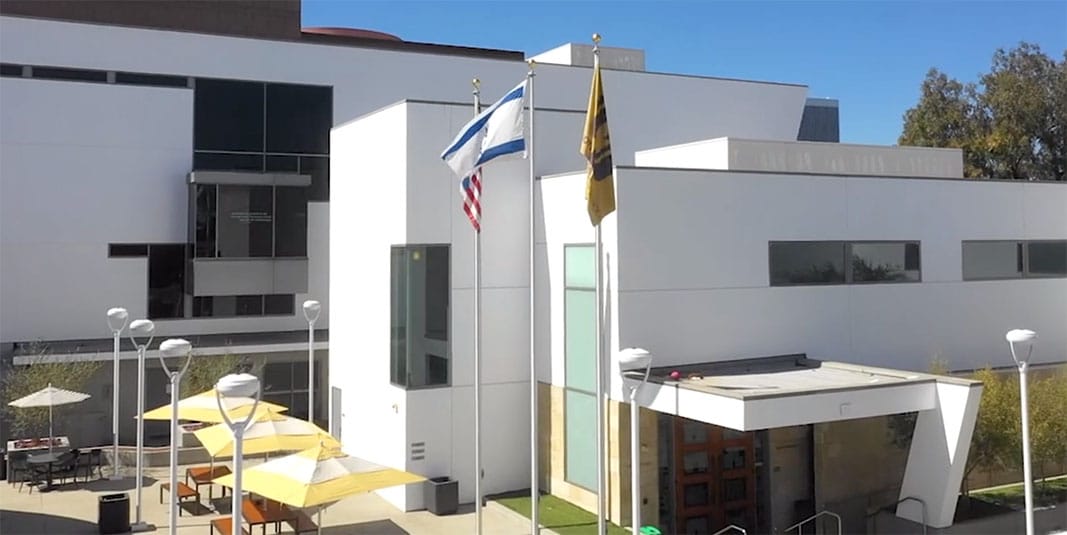



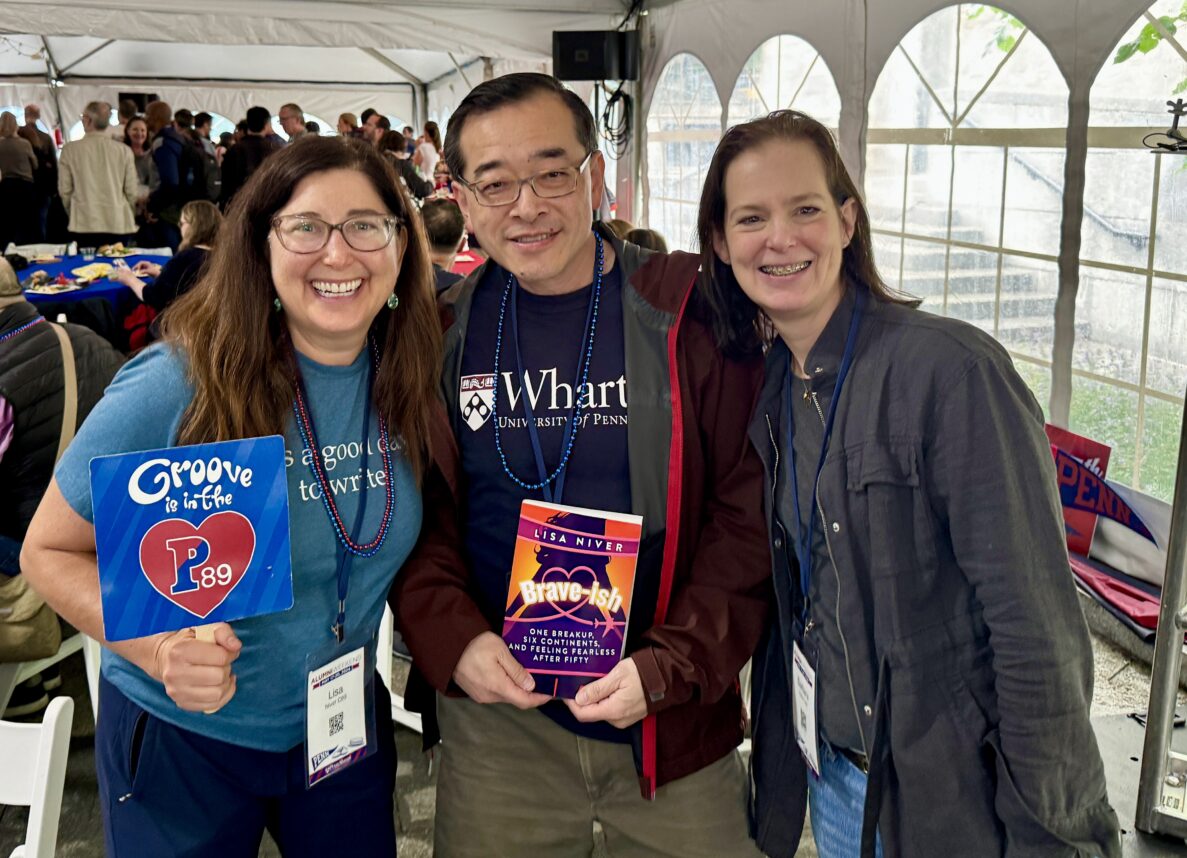


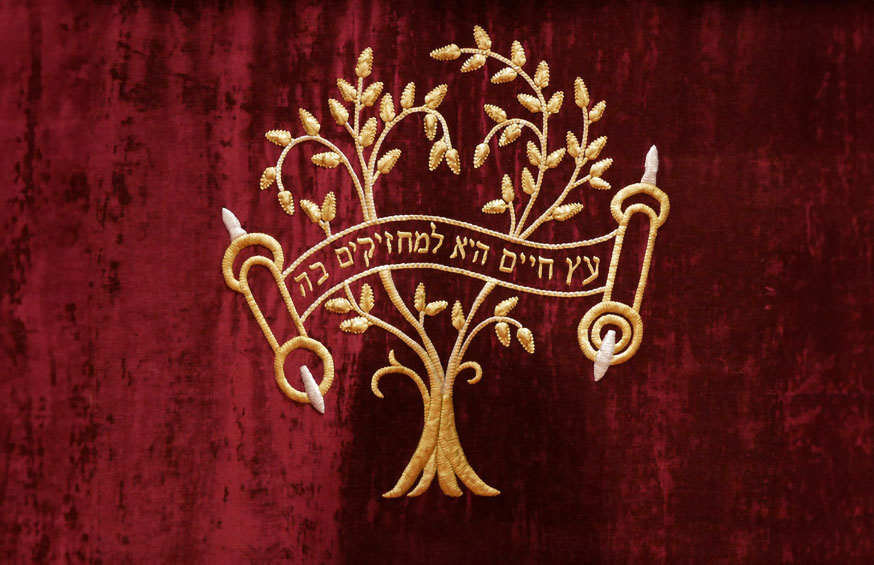
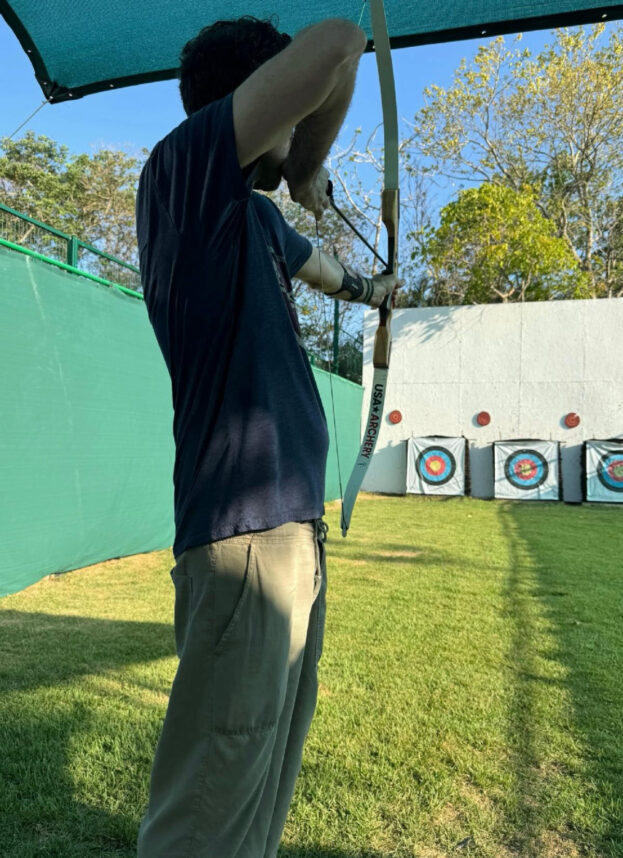






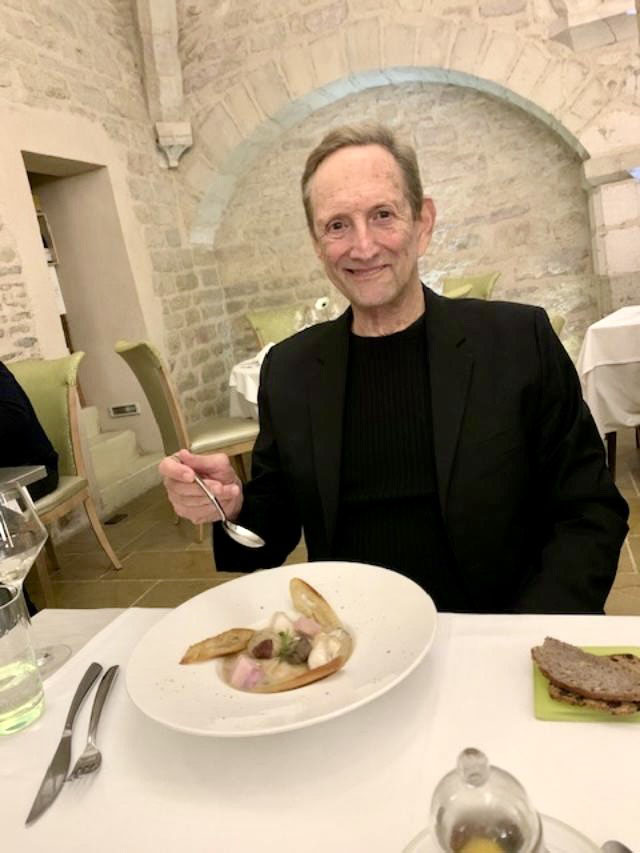
 More news and opinions than at a Shabbat dinner, right in your inbox.
More news and opinions than at a Shabbat dinner, right in your inbox.